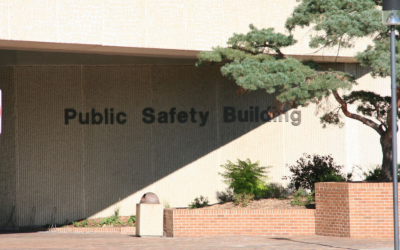
Funding from the federal government is now coming to all 50 states as a result of various congressional actions. The largest amount of funding is currently flowing as a result of specific mandates in the Coronavirus Aid, Relief, and Economic Security (CARES) Act. But, bills also are moving through Congress to allocate even more funding through a number of existing federal programs. The SPI Research Team is tracking the allocation of it to all 50 states.
Some of the initial CARES Act funding has been sent to governors’ offices with instructions that allow the governors to distribute it to local public officials. Other funding is going directly to local governmental entities. Additionally, even more funding will be awarded through grant programs. All in all, billions of dollars are flowing now, and there will be contracting opportunities of all types as a result of this new funding.
Some of the CARES Act funding is allocated for distance learning, telemedicine, energy efficiency, public transit, urbanized areas, and rural projects. Other funding is designated for hospital systems, educational facilities, airports, and state agencies.
Disaster funding also is still flowing to states for reconstruction projects. That particular funding is being routed to states through various sources. In Texas, much of the disaster funding is being parceled out through the General Land Office. And, because the country is now in the middle of hurricane season, there is, unfortunately, a great likelihood more disaster funding aid will be needed in the near future.
Cities and counties are in line to get much of the initial funding that is now reaching governors’ offices, but there is every reason to believe that additional funding for local governmental bodies will be included in the next COVID-19 aid bill.
Federal funding also may be available eventually for some of the destruction that has resulted in cities as a result of demonstrations that are continuing even now. The country has experienced significant challenges of all types over the past several months, and there is much rebuilding to be done.
To be clear, federal funding – billions of it – is already flowing to states and the SPI Team is diligently working to capture the funding pathways. An infrastructure bill has been promised as the next big source of funding after the next COVID-19 aid bill. That bill, which has bipartisan support as well as backing from the president, is expected soon.
Tracking of federal funding flows is not an easy task. However, contractors interested in the resulting projects definitely are interested in this information. That’s because early identification of funding for specific projects provides a significant competitive advantage.
If this type of research is of interest to any of our readers, let us hear from you as soon as possible. Reach out to sales@spartnerships.com and we’ll get back to you quickly with details of how we provide these services.
Since 1995, SPI’s procurement consulting services have helped companies of all sizes effectively navigate the various jurisdictions of government procurement. Contact them today to learn how they can help grow your business.







